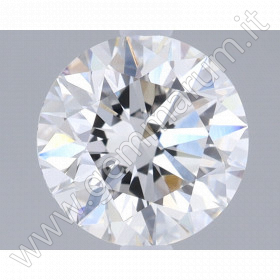
SYNTHETIC DIAMONDS - CVD
There are 32 products.
€260.00
CVD LAB GROWN DIAMOND D 1.07 ct
D VVS2 1.07
€310.00
€260.00
€260.00
CVD LAB GROWN DIAMOND F 1.00 ct
CVD SYNTHETIC DIAMOND F 1.00 ct
€260.00
€270.00
€290.00
CVD LAB GROWN DIAMOND CVD G 1.52 ct
CVD LAB GROWN DIAMOND CVD G 1.52 ct
€355.00
CVD LAB GROWN G DIAMOND 1.54 ct
VIDEO 3D
€340.00
€355.00
CVD LAB GROWN DIAMOND E 2.08 ct
CVD LAB GROWN DIAMOND E 2.08 ct
€570.00
CVD LAB GROWN DIAMOND G 2.65 Ct
Vision360 Viewer
€700.00












